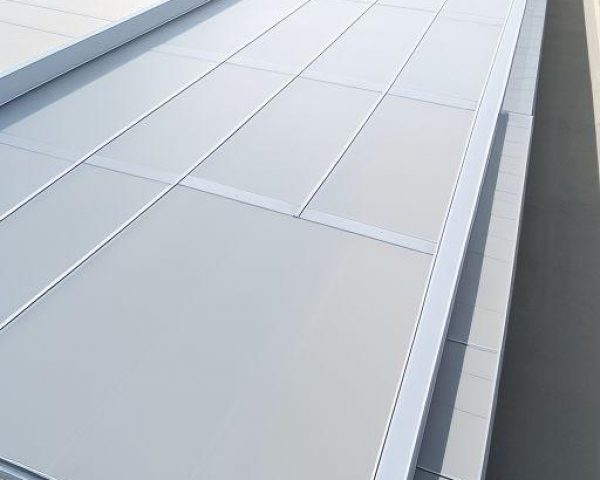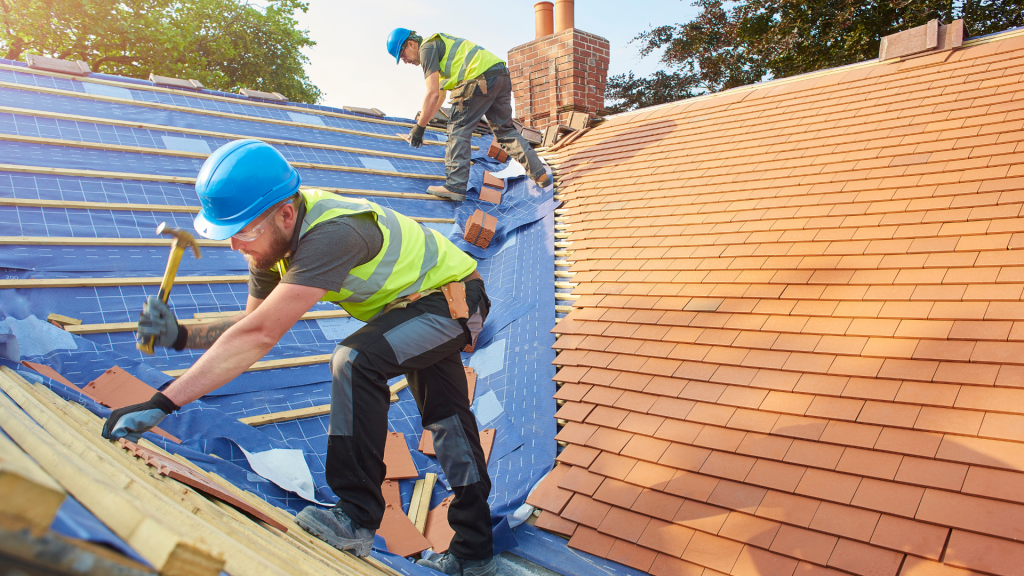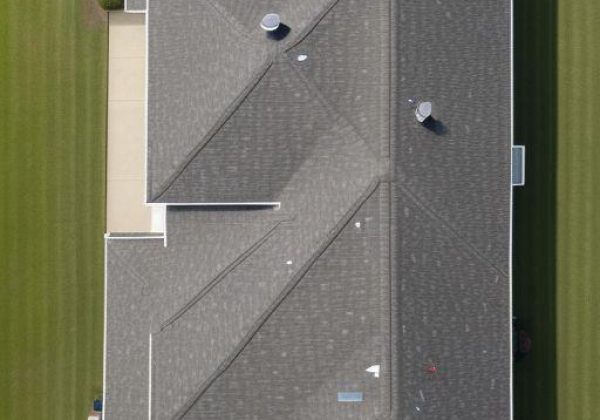What Are The Disadvantages Of Vinyl Roofing?
Introduction
Vinyl roofing has gained popularity in recent years as a durable and cost-effective roofing solution. However, it’s essential to weigh the pros and cons before making a decision. While Lavon roofing offers various options, understanding the disadvantages of vinyl roofing can help homeowners make informed choices. In this article, we’ll dive deep into the potential drawbacks of vinyl roofing, ensuring you have all the necessary information at your fingertips.

What Are The Disadvantages Of Vinyl Roofing?
Vinyl roofing, despite its advantages, comes with several notable disadvantages that homeowners should consider before installation. One significant concern is its environmental impact. Being a synthetic product, vinyl is derived from petroleum, which raises issues regarding sustainability and recyclability. Additionally, vinyl roofs may not perform as well in extreme weather conditions compared to traditional materials like asphalt or metal.
Another disadvantage is the lifespan https://scr247.com/lavon-roofing-contractor/ of vinyl roofing. While manufacturers often promote it as lasting 20-30 years, factors such as installation quality and regional climate can significantly affect durability. Homeowners might find themselves facing unexpected repairs or replacements sooner than anticipated.
Moreover, vinyl roofs are notorious for their color fading over time. Exposure to UV rays leads to discoloration and can diminish the aesthetic appeal of your home. Additionally, while vinyl is resistant to moisture and mold, it can still be prone to damage from sharp objects or heavy foot traffic during maintenance.
The Cost Factor: Is It Worth It?
When considering any roofing material, cost always plays a critical role. Vinyl roofing systems can initially seem affordable compared to other options like metal or tile roofs. However, hidden costs may arise during installation or maintenance that can offset these savings.
Installation Costs
While labor costs for installing vinyl roofing are generally lower than those for traditional materials, this isn’t always the case if your roof requires extensive preparation or repairs beforehand. It’s crucial to budget accordingly and consult with professionals like Lavon roofing experts to get an accurate estimate.

Maintenance Costs
One aspect many overlook when calculating total expenses is maintenance. Vinyl roofs require periodic cleaning to prevent algae growth and maintain appearance; neglecting this could lead to more significant issues down the line.
Durability Concerns: How Long Will It Last?
The longevity of any roofing material significantly impacts its overall value proposition. Although manufacturers claim that vinyl roofs can last up to three decades under ideal conditions, real-world factors often reduce this expectancy.
Environmental Factors Affecting Durability
Extreme temperatures can warp or crack vinyl shingles over time. In regions with harsh winters or scorching summers, homeowners may find themselves needing repairs more frequently than they would with more robust materials.
Impact Resistance Issues
Vinyl's lightweight nature makes it less resistant to impacts from hail or falling branches compared to heavier materials like metal or tile roofs that excel in extreme weather situations.
Aesthetic Limitations: Does It Look Good?
While aesthetics might not be at the forefront of every homeowner's mind when selecting a roof type, it certainly matters for curb appeal and resale value down the line.
Color Options Are Limited
Although available in various colors and styles today—thanks in part to advancements in manufacturing—vinyl still lags behind traditional options like wood or slate when it comes to offering authentic looks that enhance architectural beauty.
Fading Colors Over Time
As mentioned earlier regarding durability concerns—exposure to sunlight causes fading which detracts from visual appeal considerably faster than one would expect!
Heat Retention: Is Your Roof Absorbing Too Much Sun?
Another disadvantage linked closely with aesthetics is heat retention associated with dark-colored vinyl roofs that absorb sunlight rather than reflecting it away from your home.
Energy Efficiency Implications
Homes equipped with darker-colored roofs often see increased energy bills during summer months due primarily because they trap heat instead of allowing cooler air inside homes below them!
Environmental Impact: Sustainability Matters
In today’s eco-conscious world where sustainable building materials are increasingly prioritized by consumers—a discussion around environmental impact becomes essential when evaluating any product—including vinyl options!
Non-Biodegradable Material Concerns
Being made primarily from polyvinyl chloride (PVC), once disposed of after its lifecycle ends—vinyl doesn’t break down naturally—which raises concerns about landfill waste management practices going forward!
Potential for Chemical Off-Gassing: Health Considerations?
It’s worth mentioning another downside concerning health implications surrounding chemical emissions associated with some synthetic products including certain types found within some varieties manufactured specifically designed as “green” alternatives—but still emit VOCs (volatile organic compounds).
Installation Challenges: What Should You Know?
Installing a new roof isn’t just about picking out colors—it requires expertise! Understanding how challenging installing specific materials may vary greatly depending on factors related directly back towards manufacturer specifications versus local building codes too!

Complexity Level Compared To Other Materials
Some homeowners may struggle navigating complexities involved while trying DIY projects without adequate experience leading them toward hiring professionals—a decision likely influenced heavily based upon overall complexity levels tied directly back towards chosen material(s).
FAQs About Vinyl Roofing
- A properly installed vinyl roof can last between 20-30 years but varies based on climate conditions and maintenance efforts.
- Not particularly; darker-colored options tend to absorb more heat rather than reflect it away from homes affecting cooling costs negatively during hot months.
- It's advisable only if necessary; excessive foot traffic poses risks of damage due primarily because these surfaces weren't designed explicitly for regular access.
- Regular cleaning is essential along with inspections every few years checking seals around edges ensuring no leaks occur due wear-and-tear over time!
- Yes! Some companies produce sustainable options made from recycled materials allowing consumers seeking greener choices without sacrificing quality craftsmanship overall.
- While it's possible for handy individuals familiarizing themselves thoroughly beforehand—it's recommended hiring professionals who specialize specifically installing these types ensures results meet high standards expected throughout industry norms set forth previously established guidelines accordingly!
Conclusion
Understanding "What Are The Disadvantages Of Vinyl Roofing?" is crucial for homeowners considering this popular option for their homes' protection needs amidst changing climates worldwide today! While Lavon roofing provides reliable solutions across various markets—including those utilizing innovative technologies enhancing durability aesthetics—the potential downsides shouldn’t go unnoticed either! Ultimately making informed decisions will empower you towards achieving optimal satisfaction long-term while maintaining peace-of-mind knowing you've chosen wisely!